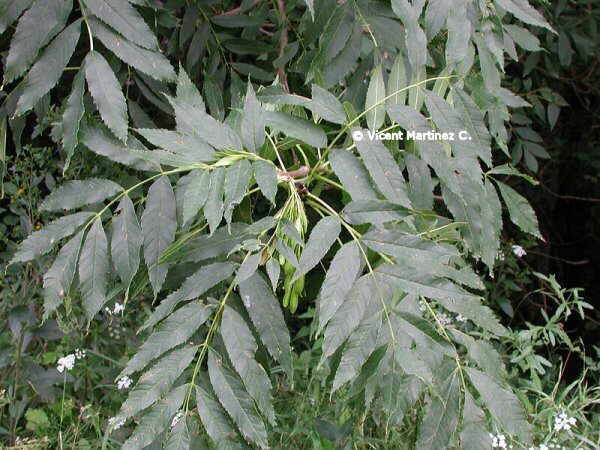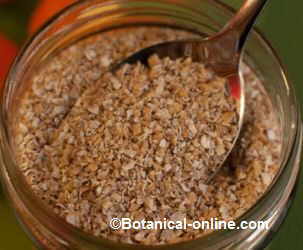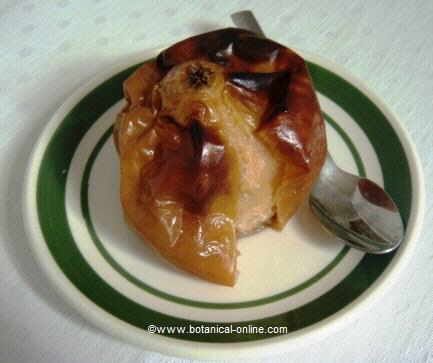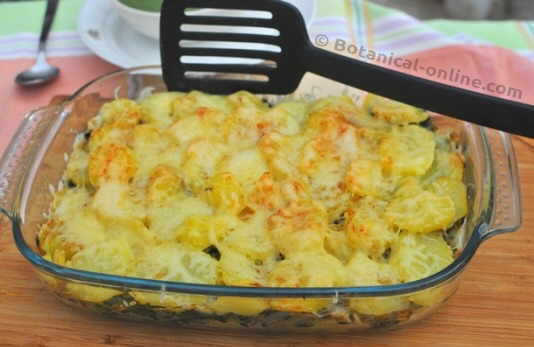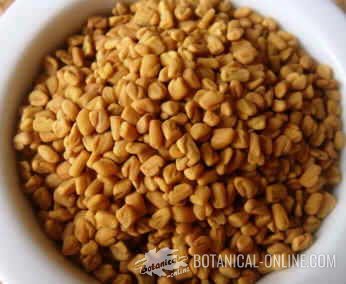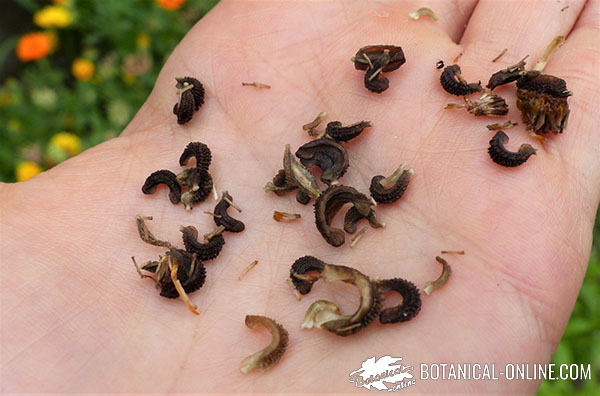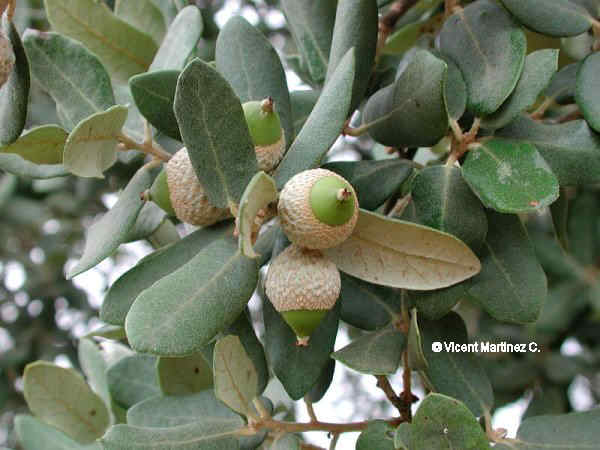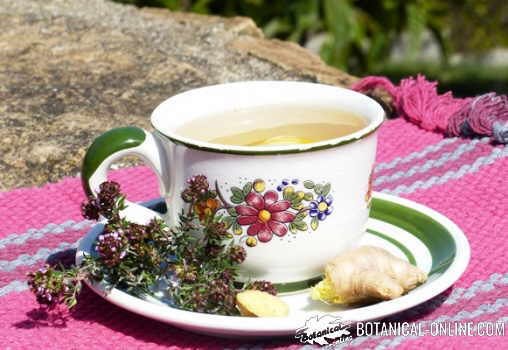Contents
Nutritional properties of cabbage
BENEFITS OF CABBAGE
What are cabbages?
Cabbages (Brassica oleracea L.) are vegetables.
They have a round shape, which is formed by several layers of dark green leaves.
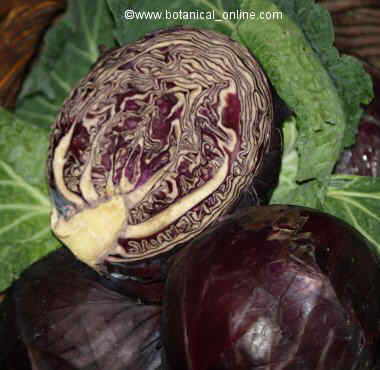
Inside the exterior leaves, we find the most appreciated leaves of the cabbage, Inner leaves are lighter that outer ones, that are generally not used for human nutrition.
Their taste and odor is very intense.
What are the main nutrients of cabbage?
As an energy source, 100 grams of cabbage provide 25 kcal.
Its proportion of nutrients is divided into:
- Over 92% is water.
- A 0.27% fat.
- About 1.44% proteins.
- Almost a 5.43% carbohydrate.
- A 2.3% fiber.
Vitamins and minerals in cabbage. Cabbage composition
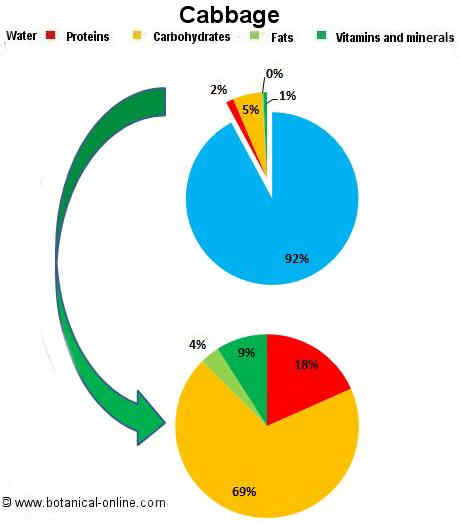
- Minerals in cabbage: Cabbage is rich in potassium, calcium and magnesium, and even in small amounts of copper, phosphorus, iron, zinc, manganese, selenium and sodium.
- Vitamins in cabbage: They contain a lot of vitamin A, vitamin C and vitamin B9 and small amounts of other B vitamins and vitamin E.
Nutritional characteristics of cabbage
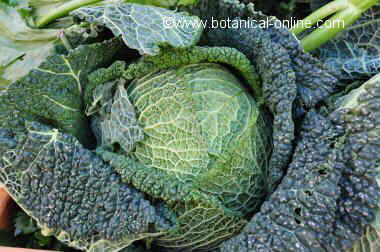
Photo of cabbage
- It has a high water content.
- It provides little energy.
- It contains very little fat, although of high quality and with many health benefits.
- It has a good protein content.
- It possess a moderate carbohydrate content, especially starch.
- It has a good fiber content.
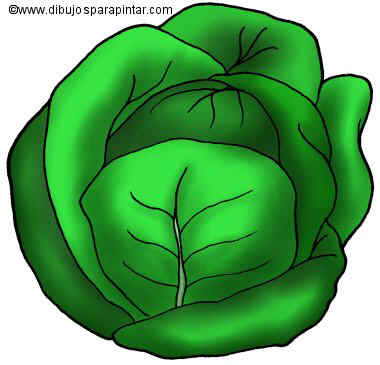
A drawing of cabbage. (More food drawings)
- It helps to remove toxins from our body, because it contains potassium.
- Calcium containing, it maintains the balance of the formation of strong bones.
- Because of its magnesium content, it helps the contraction and relaxation of muscles.
- For its content in B vitamins, particularly vitamin B9, it helps us to grow properly.
- It protects the skin and helps keep it healthy, because it contains vitamin A.
- It protects us from colds and helps heal wounds, because it contains vitamin C.
- It protects us from the toxins and aging, because it contains vitamin A, vitamin C, vitamin E, selenium and zinc.
Cabbages in the kitchen:
![]() More information about other foods and nutrition.
More information about other foods and nutrition.
This article was endorsed by Elisenda Carballido - Dietitian nutritionist. Postgraduate in Phytotherapy and master in Nutrition and Metabolism.

